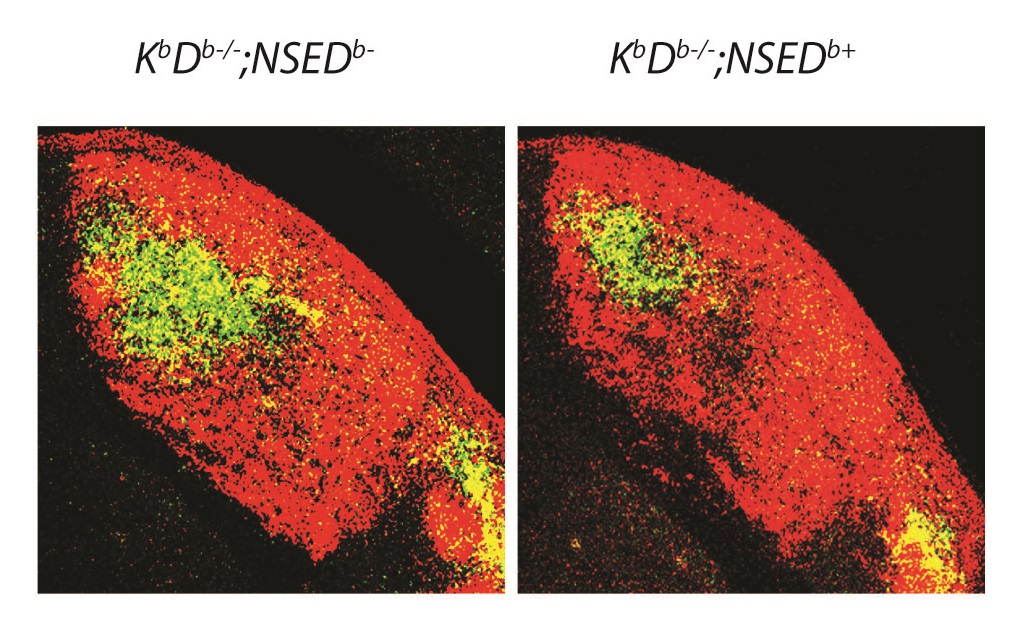Media Center
A multimedia mosaic of moments at GIST
GIST Excellence
Discover the mechanism of abnormal synapse network formation which causes brain illnesses
- 김슬혜
- REG_DATE : 2014.05.20
- HIT : 959
Discover the mechanism of abnormal synapse network formation which causes brain illnesses - Ph.D Lee Han Mi who graduated from GIST (currently at Stanford Univ. US) had research paper published by the Nature. □ A research team of Stanford University, US, where a GIST(Gwangju Institute of Science and Technology, President ž Young Joon Kim) graduate participated, discovered the existence of immune molecules causing abnormal synapse connection which is found in people with brain illnesses, such as megalomania, dementia and autism. This research finding is expected to suggest an important clue to future research to find the cause of brain diseases and their fundamental treatments. ○ The research was led by Professor Carla Shatz of Biology & Neurobiology at Stanford University as corresponding author and Ph.D Lee Han Mi (a post-doc) at Standard Univ. as leading author, and their finding was published by the Nature. Ph.D Lee received a master’s degree from the School of Life Sciences at GIST in 2000 (guiding professor Park Cheol-seung). □ The nerve network of the brain is disorderly inter-connected at birth and gradually forms an accurate connection as it goes through a synapse refinement* process driven by the voluntary activation of neurons even before it gets external visual and hearing stimulus. ※ The synapse refinement refers to a process where synapses are cut off, weakened and parish (long-term depression, LTD) while remaining synapses are maintained and strengthened (long-term potentiation, LTP), thus form an accurate network of synapses.
- Find immune molecules causing brain illnesses such as megalomania ... suggest a clue to future research to find cures for cerebral diseases 
*A synapse is a structure that serves as a channel of communication among neurons and has a plethora of molecules which affect the formation of synapses.
※ title of paper: Synapse elimination and learning rules co-regulated by MHC class I H2-Db
○ Major brain illnesses such as megalomania,

(picture 1)
This is the network of nerves connecting the eyes with the brain seen from inside the brain. The red area is nerves connected with the left eye, and the blue area is connected with the right eye. The yellow area indicates the disorderly tangles of the nerve network.
(left)
Tangles of nerve network in a mouse which has no H2-Kb and H2-Db (There are large yellow spots across a lateral geniculate nucleus (LGN).
(right)
When H2-Db is activated in this mouse, the yellow spots decrease, because the synapse refinement of its nerve network connected with the eyes is normalized.
□ The research team ran tests on mice which were deprived of H2-Db and H2-Kb, two most frequently activated immune molecules in the synapse refinement process, and found out the fact that the existence of H2-Db plays a key role in the normal formation of synapse network.
○ The cerebral nerve network of a mouse deprived of H2-Db and H2-Kb is disorderly tangled just as that of a human embryo, which is caused by abnormal synapse refinement.
○ When the research team reactivated H2-Db in the brain of mice, it was found that cerebral nerve network became normalized and H2-Db affected synapse refinement. In addition, mice which do not have H2-Db and H2-Kb showed abnormal nervous reaction (same as people with brain diseases) and disorderly cerebral nerve network which is usually developed under no voluntary reactions.

(picture 2)
This is a graph which measures the synapse network between a lateral geniculate nucleus (LGN) neuron and the eye in an objective and quantitative manner. Each line indicates the size of an activated synapse, and two wild-types indicate two networks. A mouse deprived of H2-Db and H2-Kb showed a big increase in the number of different-sized lines (right graph). It is a quantitative indicator that there is no long-term depression (LTD) between the eye and a LGN neuron (which means activate synapse network was not removed). In other words, the existence of H2-Db in MHC Class I molecule system plays a key role in the removal of unnecessary synapses.